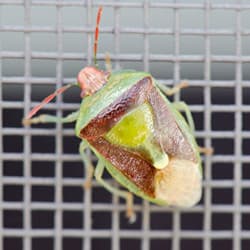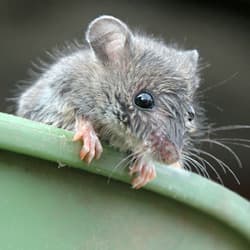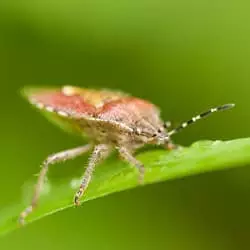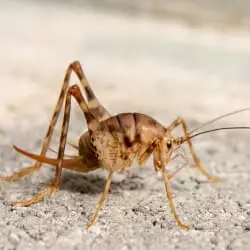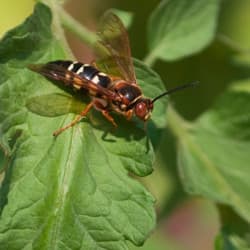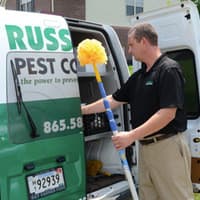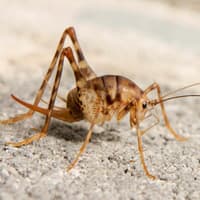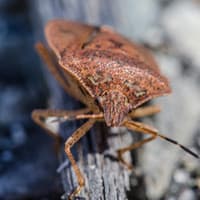Temperatures are beginning to dip. You’ve probably noticed. You may have also noticed that a few trees have a red leaf or two. That’s right. It’s coming. It comes every year. There is no stopping it. Winter is inevitable. You know it. We know it. And bugs know it. But allowing them to get into your home is not inevitable.
When stink bugs, lady bugs, and boxelder bugs, start crawling in your curtains, piling up on your window sills, crawling on your television, and landing in your morning cereal, it is too late to apply any kind of DIY pest control measures to deal with the problem. Once these pests get in, only an educated pest professional can fix the issue. But, there are some things you can do to keep them out. Here are some ideas.
Fall Pest Protection
- When these bugs come to crawl on your window screens, make sure they don’t find any tears, holes, or gaps. Do a close inspection and replace or repair any damaged screen you find. There are some helpful videos online to help you make simple patches.
- It is important to check around windows, as well. These bugs are small and it is easy for them to squeeze through tiny gaps between your screen and the window frame. If you find any holes, cover them.
- If you have sliding screen doors, it is important to check the weather stripping to make sure there are no damaged bristles that will allow these bugs to squeeze in. It is also important to keep the screen door closed, even if the interior glass door is closed. If these bugs are on the glass or frame of your sliding glass door when you open it, you could bring them right into your home.
- All of these bugs will exploit any gap or opening you have in your exterior walls. Make sure all of your vents are covered with screening, all gaps around pipes and utilities are sealed, and use a caulking gun or wire mesh to fill in holes that have been created by other pests.
- Keep your garage door closed when you’re not exiting or entering, and ensure that the door sweep on the door that goes from your garage to the interior of your home makes a proper seal.
- Consider having a pest control company do an exterior treatment to keep these pests away, and to bolster vulnerable areas.
It is hard to completely exclude overwintering pests without a little help. If you need assistance keeping these and other pests out of your home, and you live in our Tennessee service area, let Russel’s Pest Control give you a hand. You can probably live with overwintering pests, but isn’t nicer to not have them crawling on your oatmeal, staining your furniture, and blocking your view of the game? Do not let them overwintering pests invade your home with helpful pest control service from Russell’s Pest Control.
